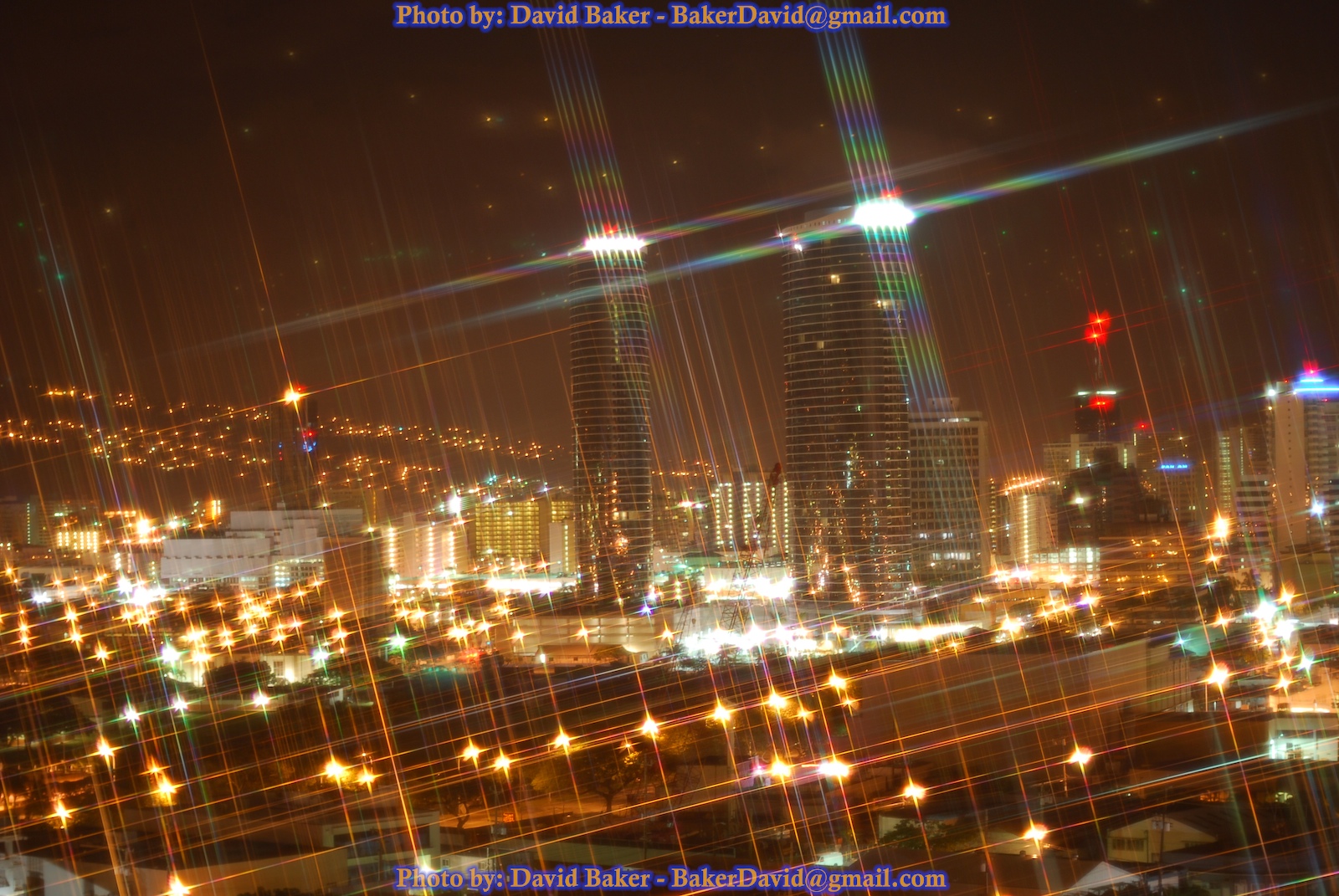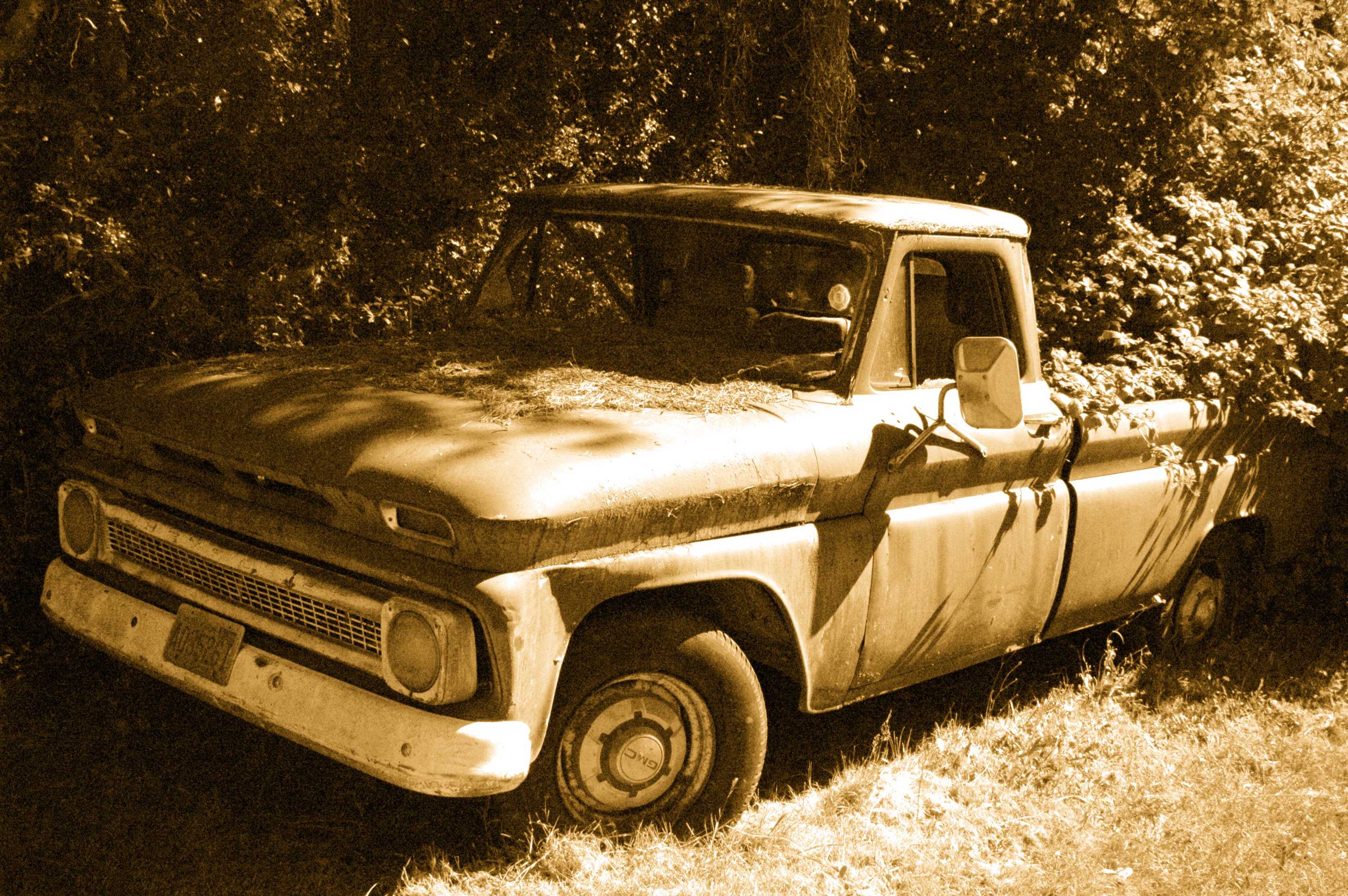I suspect we are all guilty of it at some stage during our photographic journeys. We spend thousands on the latest and greatest in photographic tech. We buy the best glass we can afford and then we apply a cheesy filter, either on the lens or in post-production. Let’s be honest though, while maybe not the height of photographic excellence, playing around with cheesy filters can be fun.
Today we are going to take a, hopefully wry look at some the cheesiest filters from Cokin to Instagram, from past to present.
1. Graduated Tobacco
It’s the 1980’s and all over Northern Europe modern skyscrapers are springing up in city centres. Architectural photographers flock to these high rise wonders to capture their majesty. Problem is, being Northern Europe, half the time the skies are leaden grey and as flat as a pancake.
Cue the graduated tobacco. This filter was a mainstay of modern architectural shots in the 80’s turning the grey flatness into something more akin to an awesome, Mel Gibson post-apocalyptic movie.

2. Starburst
The starburst was, perhaps still is, the tasty gorgonzola of cheesy filters. You might love it, you might hate it but either way, you recognised it straight away.
It was primarily a way to make shooting directly at the midday sun interesting by radiating bursts of light from its centre. Of course, it worked on any bright light and so often got used in nighttime cityscapes where shots would have so many rays of light, it looked like a fantastical lightsaber battle.

3. Sepia
The ubiquitous way to make a modern film or digital photo look old. Except context is everything. Unless you dressed up in period clothes and removed the modern Ford from the background, it just looks like…well a sepia-toned photo.
Back in the day, if you shot in print film, your prints would be returned looking like they has been lightly stained with tobacco as the automatic colour correction would attempt to filter out the sepia colour.

4. Pure Color Filters
Another throwback to the analogue days, some pure colour filters had an important purpose. They might shift daylight to tungsten or add drama to black and white.
However, often these filters were used purely for dramatic effect making an entire image look like the surface of Mars or recreating a faux moonlight shot.
These days we can replicate these filters easily with the slider of a control in Lightroom!
5. Lens Flare
A more modern, digital filter is lens flare. It ironic that most of the time we spend our shoots trying to eliminate this visual element, yet sometimes we try to add it in post-production.
In a carefully chosen image, it can work really well, the problem is trying to use the filter to suggest a sunny day when the skies are suggesting an apocalyptic storm is overhead.
Lens flare without a light source is like cheese without wine.

6. Vignette
Ah, the vignette. In itself, a powerful tool, digital or analogue, to draw the viewer’s eye towards the subject. Problem is though it is often so overused that it looks as though the camera is suffering from hypoxia. If you want your subject to look like they are standing in a tunnel, pose them in a tunnel. However, if you just want to draw attention to your subject, go with that vignette filter.

7. Grain and Dust.
These modern filters are often combined to give us the “film look”. The irony is that the majority of film photographers spent exorbitant amounts of time and effort trying to eliminate grain and dust. We would use Kodachrome 25 and tripods made of lead just to get steady low light shots. Then once processed we would spend countless hours with a can of compressed air trying to remove the slightest bit of dust from our precious creations. These days we can add all of them back in at the click of a button.
Using cheesy filters can be fun. Let us know in the comments below what your favourite cheesy filter is.





3 Comments
I photographed in the 1970s. I suggest we also remember that prints were generally much smaller than common now. So that lessened grain.
When I read “cheesy” my first thought was the starburst. I used this many times in the 70s and 80s for my wedding photography (candlelight, diamond sparkle, etc). It brought back memories to see it included with the very apt description of a “light saber war”. Thanks for starting my day with a laugh.
you forgot the replication filter that shows a trailing view of three of four of the main image. It was often a staple of the speed/action photographers. In fact I have seen it so seldom lately I might try it on a few action images.